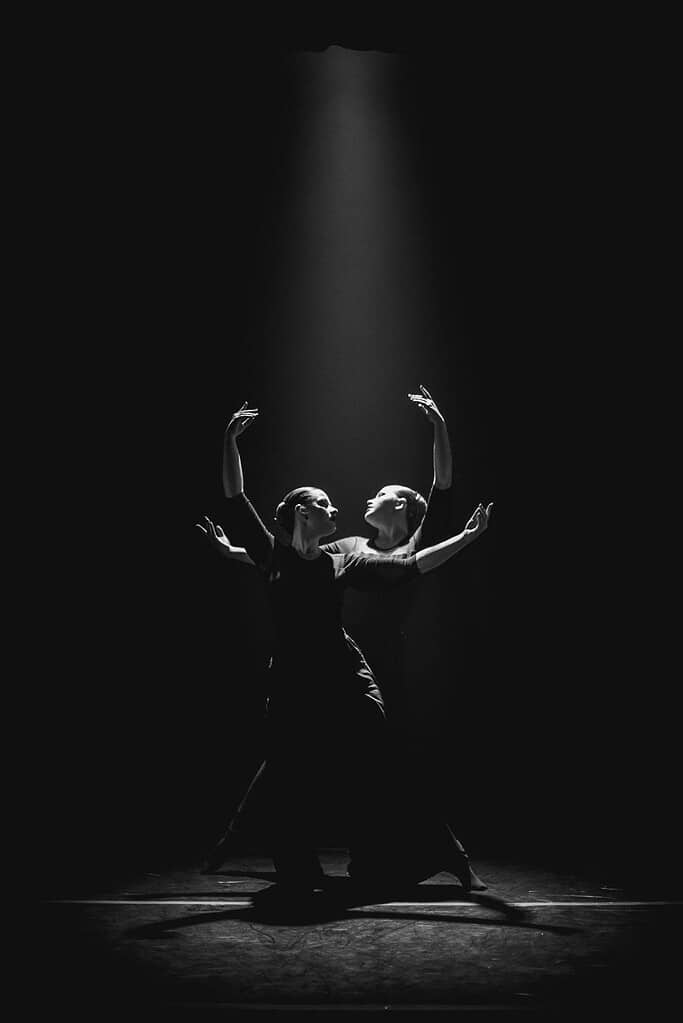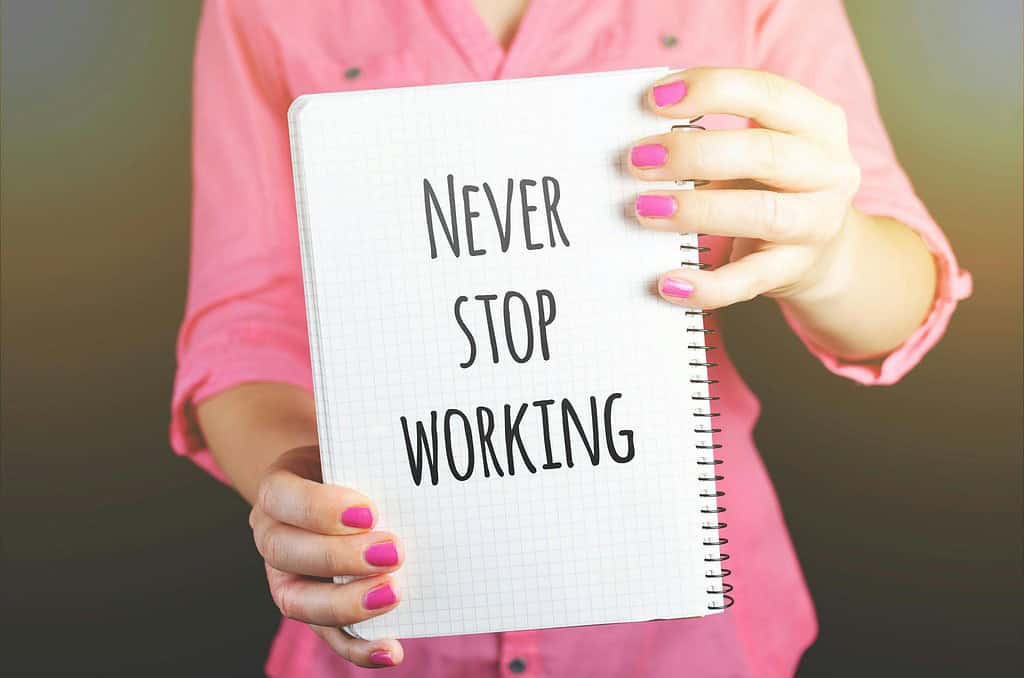How to Learn from Performance Critiques: It’s Not All Bad!

Getting performance critiques can sometimes feel overwhelming, especially when the feedback is negative.
However, learning to listen and embrace feedback and different opinions is a valuable tool for growth and development towards becoming a professional dancer.
As a dancer, there were always aspects of my technique, artistry, or performance quality that needed continued improvement.
But, it’s also important to remember that feedback is just one person’s perspective (and personal preference), and not a definitive judgement of your abilities.
In this blog post, I’ll explore the positive aspects of performance critiques, and show you how you can use this feedback constructively.
WHAT ARE PERFORMANCE CRITIQUES?
Performance critiques are evaluations from teachers, ballet masters, judges, or peers, covering everything from technique to artistry.
They’re meant to help you improve professionally as a dancer.
So I recommend approaching them with an open mind, knowing one negative comment doesn’t define you.
POSITIVE ASPECTS OF PERFORMANCE CRITIQUES
Performance critiques offer numerous benefits for dancers, providing fresh perspectives and insights from an external viewpoint.
They help:
Critiques also make you more aware of your performance, offering guidance on how to adjust and improve for future shows.

Most importantly, receiving positive feedback validates your hard work and dedication, boosting your confidence and motivating you to continue striving for your best.
HOW TO INTERPRET CRITIQUES CONSTRUCTIVELY
To help you interpret performance critiques constructively, it’s important to distinguish between:
Focus on feedback that can be used constructively to support your growth as a dancer, and approach it with a positive attitude and a willingness to learn.
I know it’s hard, but try not to take criticism personally.
Sometimes negative comments might relate to things beyond your control, like unclear storylines or characters not resonating with the audience.
While it’s valuable to consider others’ opinions, remember to prioritise what feels right for you as an artist and embrace the opportunity to learn and get better with every piece of advice.
TIPS FOR RESPONDING TO PERFORMANCE CRITIQUES
When it comes to embracing critiques, here are some helpful tips to maximise their value:
TIP 1 – MAINTAIN A POSITIVE ATTITUDE
Stay open-minded when receiving critiques and remember that feedback is meant to help you grow, not to discourage you.
A positive attitude will make it easier to accept constructive criticism and apply it productively.
TIP 2 – ASK FOR CLARIFICATION/ADDITIONAL FEEDBACK
If a critique isn’t clear to you, don’t hesitate to seek clarification and ask questions.
This demonstrates your eagerness to learn and ensures that you fully understand the feedback, making it easier to implement effective changes.
TIP 3 – SET PERSONAL GOALS TO ADDRESS THE CRITIQUE
After receiving feedback, create actionable goals to address the areas mentioned.
Whether it’s improving a specific area of your technique or refining your artistry for a specific character or role, setting small yet achievable goals will:
There are so many great models out there that you can use to support your goal-setting.
Two of my personal favourites are:
TIP 4- RESILIENCE
What truly makes a strong dancer is their resilience in the face of negative feedback.
During auditions, rejection is a common experience, and it takes a strong mindset and thick skin not to let criticism or setbacks dampen your spirits.
There were moments when I questioned my abilities and wondered if I was good enough, but it was my passion and dedication to my dream that fueled my determination to keep moving forward.
HOW TO TURN CRITIQUES INTO ACTIONABLE GOALS

STEP 1 – REFLECTION
The first step is self-reflection.
Assess whether the feedback you received is constructive and could enhance your dancing or if it merely represents the viewer’s personal opinion.
Consider whether it highlights an area you believe needs improvement.
STEP 2 – KEEP IT BITE-SIZED
Next, break down the feedback into smaller, actionable goals.
For example, if the critique emphasised a need to work on your extensions or allegro, set specific goals to practise those elements in your dancing.
STEP 3 – TRACK YOUR PROGRESS
Continue to track your progress over time.
Are you noticing improvements or changes in this area?
Perhaps you’ve had a breakthrough or gained a new understanding that can be applied to your performance.
STEP 4 – CELEBRATE YOUR SUCCESS
Lastly, celebrate your achievements and acknowledge each step as part of your journey of self-discovery.
The next time you step onto the stage, you may discover a newfound level of confidence that surprises not only yourself but also those around you.

WRAP UP
It’s important to approach performance critiques with an open mind and welcome both positive and constructive feedback.
By doing so, you can transform performance reviews into valuable stepping stones on your path to becoming a more refined and confident dancer.
While negative feedback can be disheartening, it is an essential part of your journey.
Remember each performance is a learning experience, so celebrate your strengths, acknowledge challenges, and embrace the process of growth.
Stay resilient, embrace the process, keep dancing, and remember that there’s always something good to be gained from.







